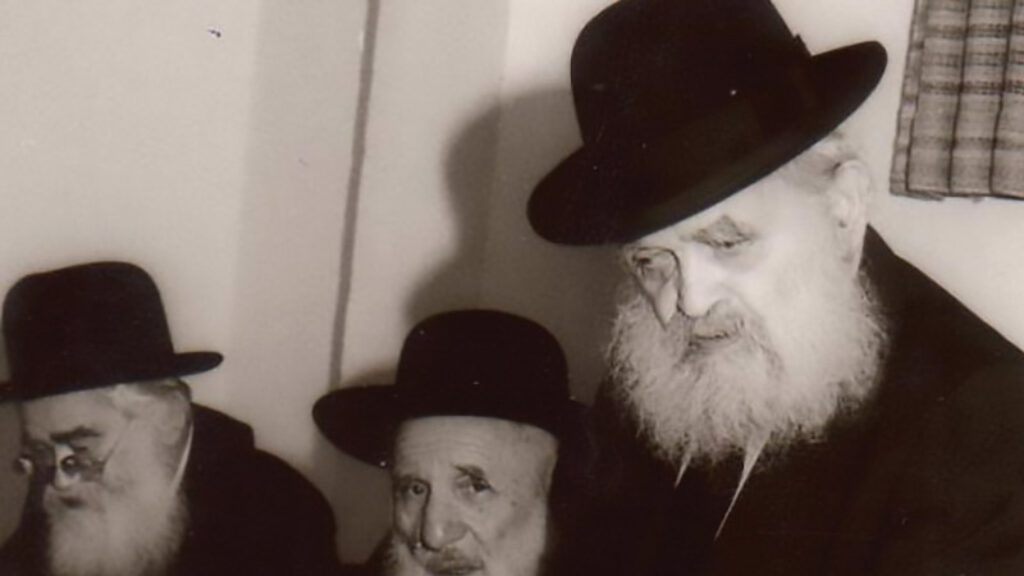
Weird Big Brother
Jacob Frank and his bizarre religious movement still casts a strange spell over. Is Nobel Prize winner Olga Tokarczuk’s newly translated novel the War and Peace of Jewish-Polish heresy?

The Treasure of the Jews
The seductive idea that the real Jerusalem lurks somewhere beneath the actual city, with its grocery stores, traffic, and inconveniently present residents, has motivated archaeologists and journalists since the 1800s.
“I Will Not Speak to Dullards”
“Without leaving the Zoom lecture, I quickly pulled up the YIVO Encyclopedia entry on Leah Horowitz and sent it to my family WhatsApp group: ‘Any chance we’re related?’”

Welcome to Rehavia
Shababnikim, the hilarious Israeli sitcom that follows four ne’er-do-well yeshiva students, is back–and it has something serious to say too.

Storytelling, or: Yiddish in America
The basic recipe of Isaac Bashevis Singer’s later novels called for a guy with two wives or lovers who ping-pongs between them for a couple of hundred pages and then runs away. And yet this new collection of Singer’s essays, reminds us that he was not only a great storyteller, but a great champion of the importance of stories for art and for life.

The Old-New JRB
As it happens, the 13th year in the life of the Jewish Review of Books marks an important turning point for the magazine . . .

North Africa during World War II
Mentions of wartime North Africa conjures up visions of Humphrey Bogart, Ingrid Bergman, and Claude Rains in Casablanca. It was far worse than that...
On the Separation of Yeshiva and State
What conservative activists call religious liberty is often a deliberate blurring of the separation of church and state. Orthodox Jews ought to worry more about this, even if it might mean some vouchers for day school.

Religious Freedom and Jewish Experience
Religious liberty is back on the Supreme Court’s docket. The court should think carefully about what freedom of religion really means in different communities. Take Jews for instance . . .

On Re-Reading a Banned Book: Nathan Kamenetsky’s Making of a Godol
Rabbi Nathan Kamenetsky spent years on an odd, brilliant biography of his father. The book was banned, and one leading haredi rosh yeshiva said he had forfeited his share in the world to come. Now it is an underground classic that costs $2,503 on Amazon.